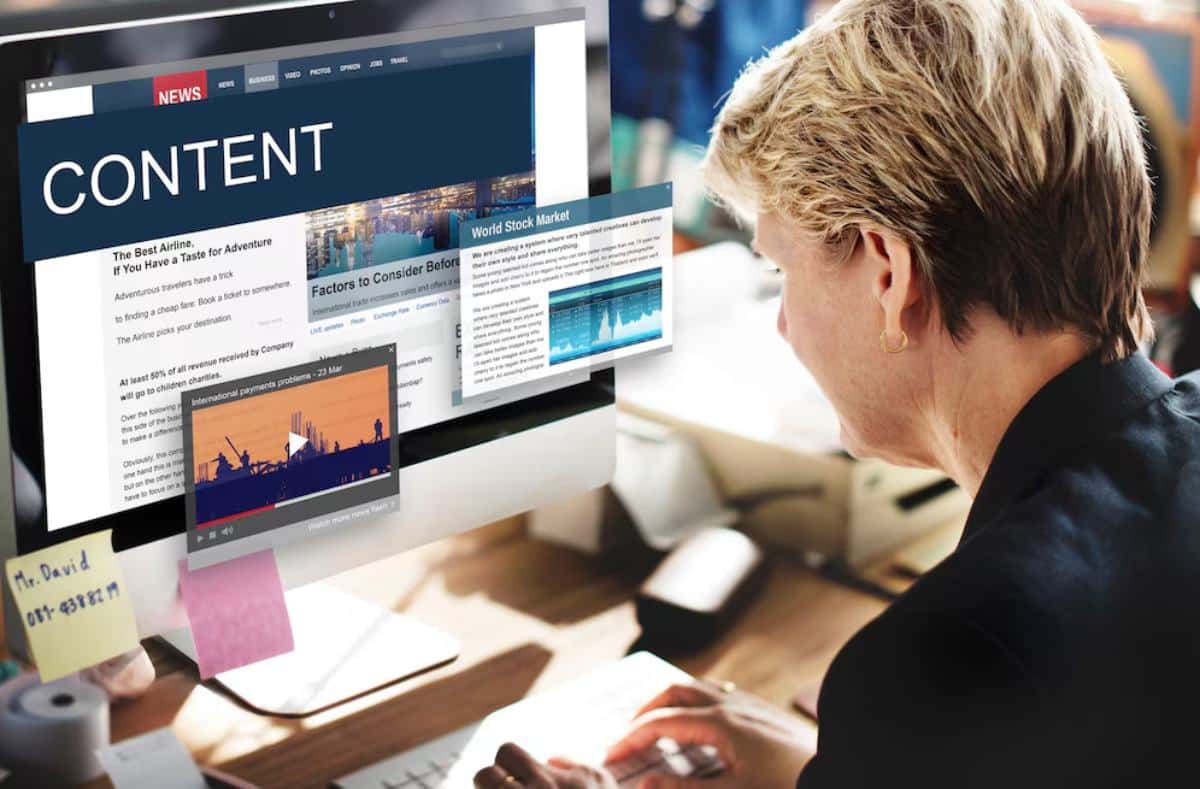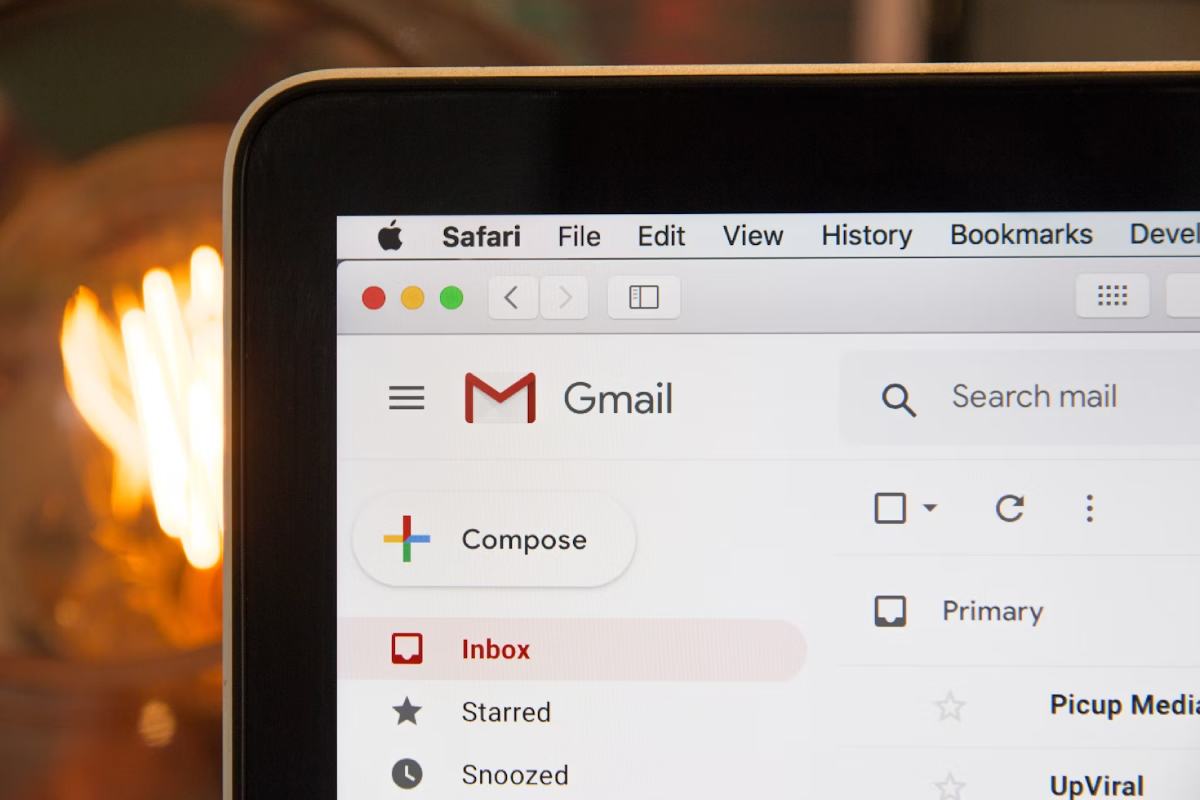
Building a Scalable Content Marketing Funnel
In today’s digital-first landscape, content is more than a brand-builder—it’s a revenue driver. But one-off blog posts and social media bursts don’t move the needle unless they’re part of a structured system. Content marketing funnel: a clear, easy way to turn browsers into leads and leads into loyal customers.
A clear content strategy is key, whether you run a startup or manage marketing for a growing business. A funnel approach helps you generate leads and build customer relationships at each stage of the buyer journey.
Let’s explore how to build a scalable content funnel. This funnel will fit your business, drive growth, and change with your audience.

What is a Content Marketing Funnel?
A content marketing funnel connects your content to each stage of your customer’s journey. This journey goes from awareness to consideration and finally to conversion. Each stage needs unique content. This keeps users engaged, solves problems, and gently leads them to the next step.
Three Core Funnel Stages
- Top of Funnel (TOFU) – Awareness
- Goal: Attract a broad audience and introduce them to your brand.
- Content: Blog posts, infographics, social media content, SEO articles, videos.
- Middle of Funnel (MOFU) – Consideration
- Goal: Educate and build trust with qualified leads.
- Content: eBooks, webinars, case studies, whitepapers, comparison guides.
- Bottom of Funnel (BOFU) – Decision
- Goal: Convert leads into customers.
- Content: Free trials, product demos, testimonials, pricing pages, sales emails.
A scalable funnel connects these stages. It delivers the right content to the right people at the right time.
Step 1: Define Your Buyer Personas
To build a successful content funnel, first know your audience. Start by developing detailed buyer personas:
- Who are your ideal customers?
- What problems are they trying to solve?
- Where do they seek information?
- What content do they engage with?
Shape these personas using surveys, interviews, customer support feedback, and web analytics. Your content strategy should focus on their goals, objections, and pain points at every funnel stage.
Step 2: Map Content to the Funnel
Now, plan your content based on intent and funnel stages:
Top of Funnel Content: Drive Awareness
At this stage, your audience may not know they need your solution. Use value-driven, SEO-optimized content to attract organic traffic and educate.
Examples:
- “How-to” blog posts
- Listicles and trend articles
- YouTube tutorials
- Podcast episodes
- Interactive quizzes
Goal: Bring new visitors into your ecosystem and introduce your brand.
Middle of Funnel Content: Build Trust
Now that users know you, provide more resources. Help them see how you solve their problems.
Examples:
- Case studies that highlight real success stories
- Webinars that showcase your expertise
- Email courses
- Comparison pages (vs. competitors)
Goal: Turn visitors into leads by offering lead magnets. These can be downloadable content in return for their email addresses.
Bottom of Funnel Content: Convert Leads into Customers
In the final stage, your content helps leads decide to buy. It also eases any last-minute doubts.
Examples:
- Free trials or product demos
- Pricing breakdowns
- Video testimonials and reviews
- Personalised consultations
Goal: Reinforce credibility, address objections, and guide the lead to purchase.
Step 3: Create a Lead Generation Engine
Your content is only as effective as your lead generation system. To turn traffic into leads, include:
- Gated content: eBooks, templates, or webinars offered via opt-in forms
- Landing pages: Focused pages designed for conversion
- Email capture tools: Pop-ups, slide-ins, or embedded forms
- Calls to action (CTAs): Clear instructions to “Download Now,” “Try for Free,” or “Join the List.”
Use A/B testing to optimise conversion rates and refine your funnel over time.

Step 4: Automate and Nurture with Email Workflows
Once leads are in your funnel, it’s time to nurture them with email marketing automation. Use segmented workflows to deliver relevant content based on behaviour and funnel stage.
Key Tips for Effective Email Sequences:
- Start with a welcome email that delivers the promised lead magnet.
- Follow up with educational emails that address pain points.
- Add case studies or testimonials to build credibility.
- End with a strong CTA to book a demo or purchase.
Platforms like Mailchimp, HubSpot, and ConvertKit can automate this process. They also track engagement.
Step 5: Measure and Optimize Your Funnel
No content funnel is perfect on day one. Use analytics to identify bottlenecks and opportunities:
- Which blog posts bring the most traffic?
- What’s your conversion rate on lead magnets?
- How engaged are your email subscribers?
- Where are users dropping off?
Key metrics to track:
- Traffic sources
- Bounce rate
- Lead conversion rate
- Email open and click-through rates
- Customer acquisition cost (CAC)
Optimise content, headlines, CTAs, and user flows based on this data.
Scaling Your Funnel Over Time
A scalable content funnel grows with your business. To expand:
- Repurpose existing content into new formats (e.g., turn blog posts into videos or slide decks).
- Add new lead magnets for different personas or product lines.
- Invest in SEO to grow organic visibility.
- Layer in paid ads to accelerate TOFU traffic.
- Develop retargeting campaigns for BOFU conversions.
Scalability means organising your strategy. This way, content production, distribution, and lead nurturing happen smoothly and efficiently.
Conclusion: Content Funnels Are Growth Engines
A strong content marketing funnel is not just a bunch of blog posts. It’s a powerful lead-generation tool. Align your content with each stage of the buyer journey. This will draw in the right audience, build their interest, and turn them into grow with your business loyal customers.
Begin by knowing your buyer personas. Then, map content to their intent. Finally, create a system that captures and nurtures leads. With the right tools and ongoing tweaks, your funnel can , supporting lasting growth.
Now’s the time to turn your content strategy into a growth strategy.